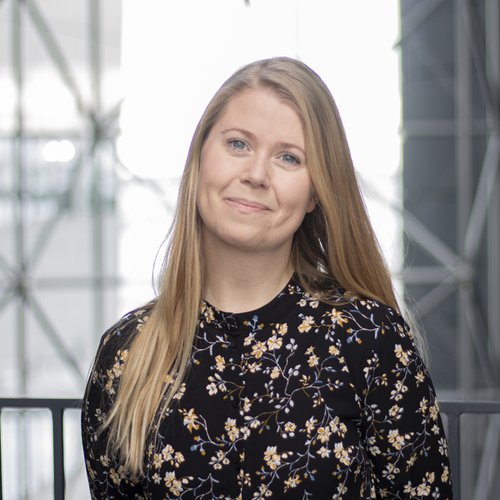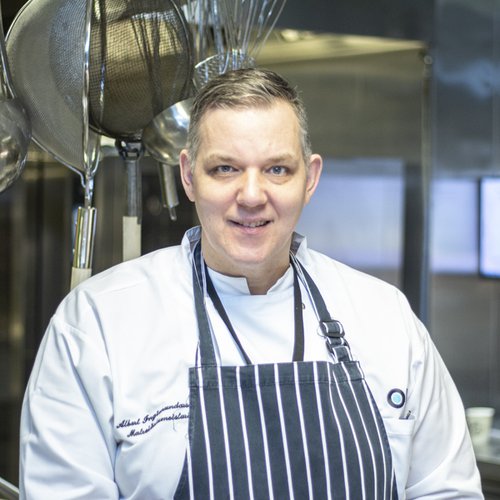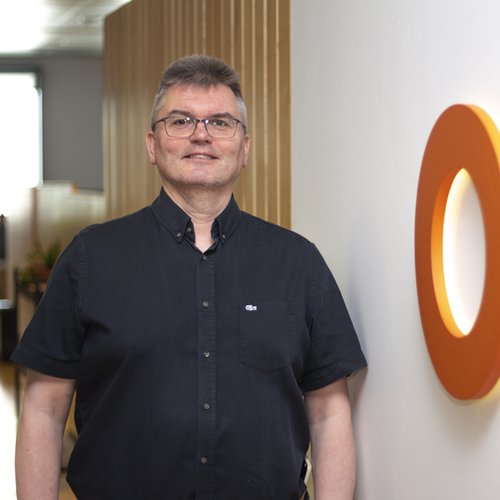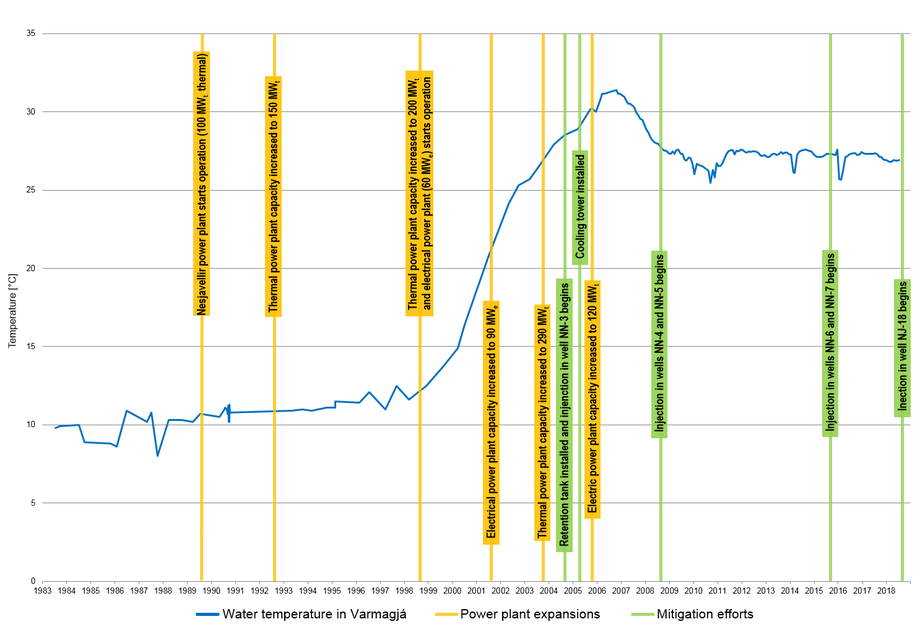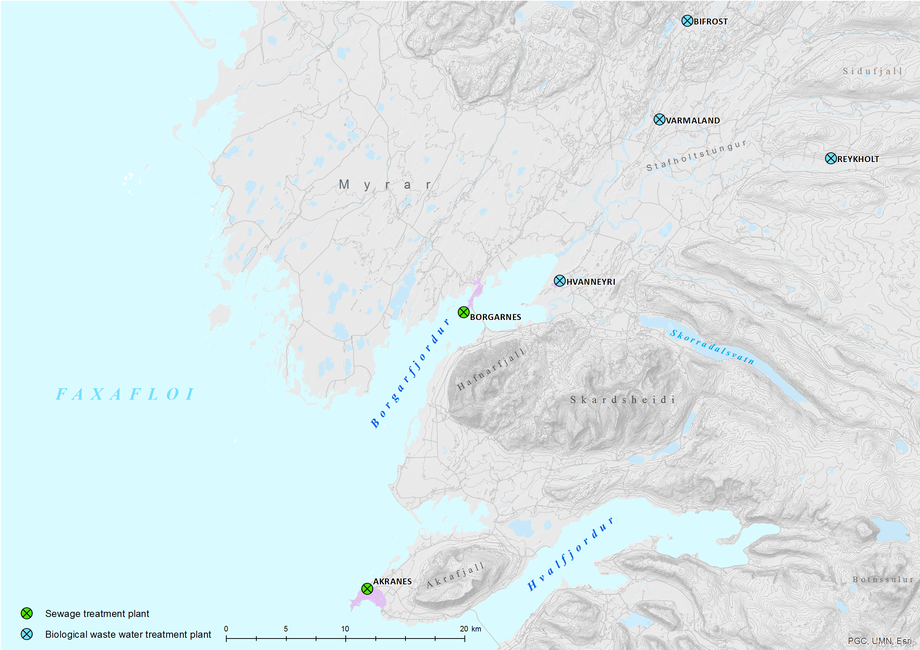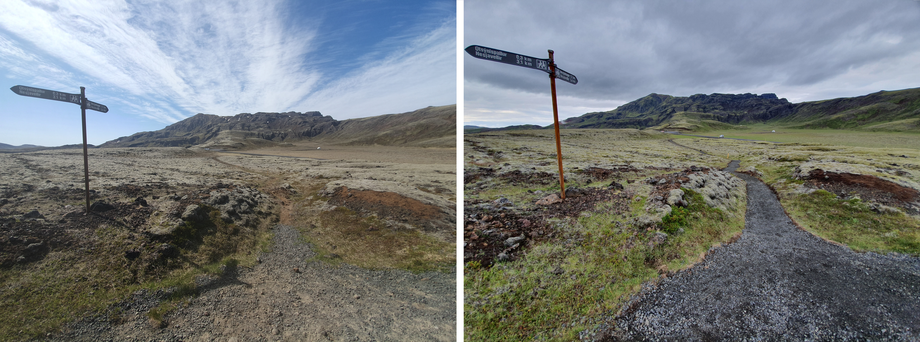Discharge of geothermal fluids
Geothermal fluid is reinjected back into the geothermal system at the Hellisheidi and Nesjavellir geothermal power plants, to protect surface and groundwater. The fluid is hotter than groundwater and has a different chemical composition. This also bolsters the pressure in the geothermal reservoir, which boosts sustainable utilisation.
Various research and development projects have been conducted in recent years to fulfil reinjection requirements at Hellisheidi and Nesjavellir, with considerable success.
In 2019, 60% of the geothermal fluids extracted from the geothermal reservoir in Hellisheiði (separated water and condensate water) were reinjected, 96% of which was separated water. The condensate water (dense pure steam) not used for reinjection (38% of the geothermal fluids) evaporated in the cooling towers or was released in shallow reinjection wells. Some 2% of the geothermal fluids went into the overflow of the reinjection utility, due to incidents in operations.
Over 90% of the geothermal fluid extracted from the geothermal reservoir at Nesjavellir in 2019 was reinjected back into the system. The development of the reinjection utility at the plant in recent years has resulted in the discharge of geothermal fluids being at an all-time low over the past two years.
Geothermal energy production is accompanied by the substantial discharge of heated groundwater at the surface. Groundwater has been extensively monitored in the past by recording well and hot spring temperatures in real-time. Samples have also been collected since the power plant began operations in 1990. The results do not show a decrease in groundwater temperatures, despite less discharge (see graph). This could be attributed to the following:
- The reinjection of geothermal fluids does not result in a cooling of groundwater because the reinjected fluid mixes with the groundwater, following flow paths underground in the rock itself.
- Improvements made to the release routes have not yet resulted in a cooling of the groundwater at Þingvallavatn Lake.
Heated groundwater from geothermal power plants was used for the first time in hot water utilities in Mosfellsbær, Árbær, Ártúnshöfði and Kjalarnes in the summer of 2019. There are plans to further utilise heated groundwater from power plants for hot water utilities in the capital area.
Monitoring on the ecosystem in Þorsteinsvík, by the Þingvallavatn Lake, began before the Nesjavellir Geothermal Power Plant was built. The results, released by the Natural History Museum of Kópavogur, show that these trace elements do not have a statistically significant impact on the ecosystem (see appendix).
The analysis of the status of groundwater at Nesjavellir will continue so that ON Power can achieve its objective of reducing the environmental impact of the Nesjavellir Geothermal Power Plant.













